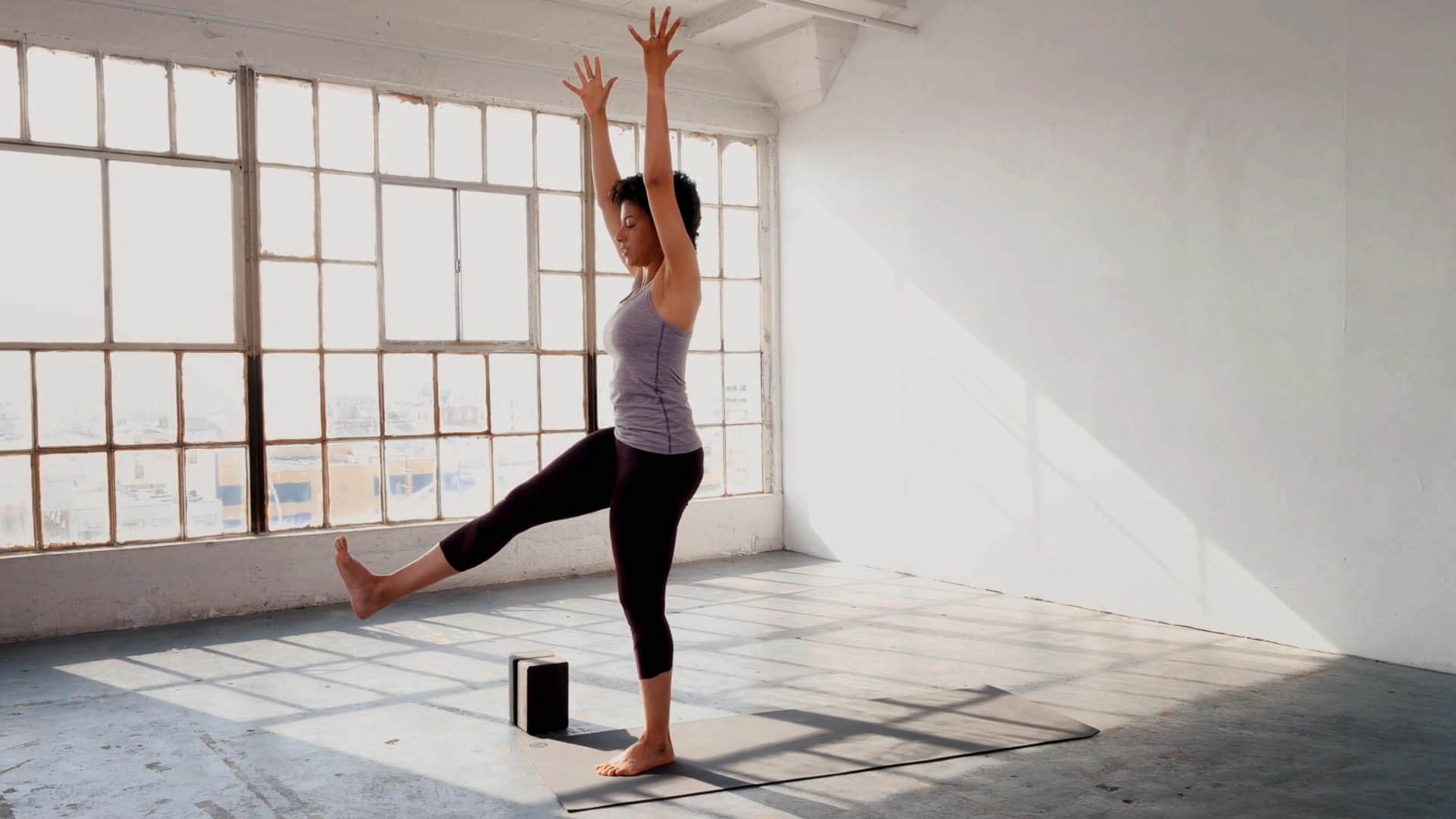Inner Reflections
October 14, 2021
What is Power Yoga?

Have you experienced the sweat, soreness, and vigor of a Power Yoga class?
You might have wondered how it is different than other yoga classes you may have experienced!
The term “power yoga” includes many types of yoga–it’s generally thought of as an athletic, physically challenging style of yoga. The style includes yoga flows and vinyasas – or pairing movement with breath.
Power Yoga was popularized in the US in the 80s by multiple instructors. It has exploded in popularity and is now the most common type of yoga class taught in yoga studios.
Athletes such as runners and cyclists are drawn to this type of yoga due to is physicality – yet the practice continues to hold the foundational yoga elements – connection to the energetic, spiritual, and holistic sides of the practice. Many people think of flexibility when they think of yoga – and some forms of the practice do ask for a great deal of flexibility in the body. This is another reason it’s so popular – many of the poses have been adapted from other types of yoga so it is accessible to a wider range of bodies.
Where did Power Yoga Come from?
Power Yoga is an adapted form of other yoga asanas or physical practices. Modern yoga originated from Ashtanga and Iyengar practices.
Ashtanga was conceptualized by K. Pattabhi Jois and Iyengar was created by B.K.S. Iyengar. Ashtanga and Iyengar both are rigid types of yoga practice, typically requiring a great amount of flexibility or history of consistent practice.
A couple of teachers are credited with the term “Power Yoga”–one on the East Coast and one of the West Coast.
Beryl Binder Birch of New York started teaching yoga to athletic types such as runners and cyclists in the late 80s. She geared these yoga classes towards athletes who were drawn to the practice for the physicality of the classes. Many yoga classes taught up to that time in the US were focused more on stretching and holding poses. She named these new classes “yoga for athletes” and eventually settled on the term “Power Yoga”.
At the same time on the west coast Brian Kest was teaching an athletic form of yoga in Santa Monica and he also termed his style “Power Yoga”. Brian Kest studied with Ptabi Jois. Ptabi Jois practiced Ashtanga but had pain with the practice and so he branched and created his own style of yoga. It has its roots in traditional yoga and blends not only the physical practice but the other Koshas or energetic layers.
“I truly feel that the objectives of yoga – calmness, moderation, humility, kindness, equanimity and awareness – not only best serve our health (because these qualities reduce stress) but also best serve humanity”. -Brian Kest
What are the health benefits of Power Yoga?
There are many health benefits including building strength, improving cardiovascular fitness and body coordination. It is said you are only as young as your spine is flexible.
Many modern activities only move the body in one plane of movement. For example, cyclists and runners move their legs and hips and legs in a forward/backward direction or in the sagittal plane. Our body however needs to be strong in all directions to have the best mobility and function.
Because yoga involves movement of the spine and limbs into all directions and planes of movement, it helps to balance other forms of physical fitness creating improved mobility. For the joints and tissues of our body motion is lotion!
Beyond the benefit of building mobility in the body is the release of endorphins that power yoga provides. Letting the sweat flow is what may keep yogis coming back again and again to power yoga. It is said that you come for the abs but stay for the deeper aspects of the practice.
What are a few popular Power Yoga poses?
There are multiple popular yoga poses for power including the three Warrior poses. Each of these poses has a story steeped in yoga tradition, telling the story of a warrior.
Warrior 1 with arms reaching overhead, fingers spread depict a warrior rising from the ground. Warrior 2 describes a warrior drawing their sword ready for battle. And Warrior 3 represents a warrior reaching for its conquest.
One of the many benefits of yoga in general is the sense of confidence and power that is generated in the body. The poses allow you to build confidence, a sense of stability and expansion in your body. The poses not only help shift energetic states but also address physical strength.
Other popular poses such as Chaturanga, Plank and Side plank allow for building core strength. These provide physicality and challenge to the practice, differentiating it from other styles of yoga.
Where can I take a Power Yoga class?
You can take power yoga classes from the comfort of your home with Inner Dimension TV! There is a vast library of yoga classes, programs, and series.
If you’re new to this type of yoga, there is also a Beginner Yoga Series, which includes class tutorials on the basics of power yoga class and poses so you can build your practice gradually. What are you waiting for!? Try out a class today!
By Christine

